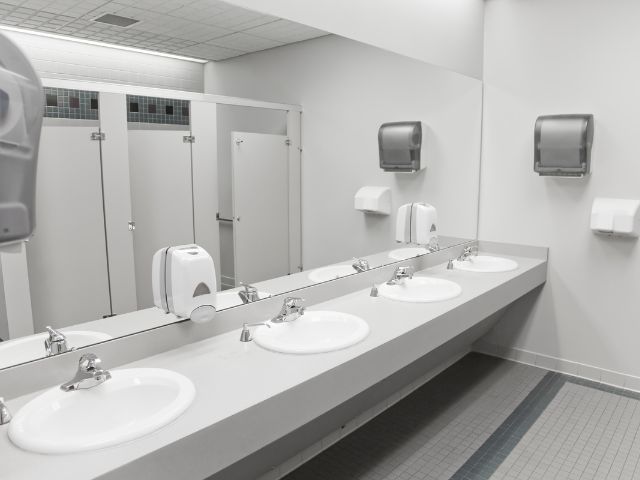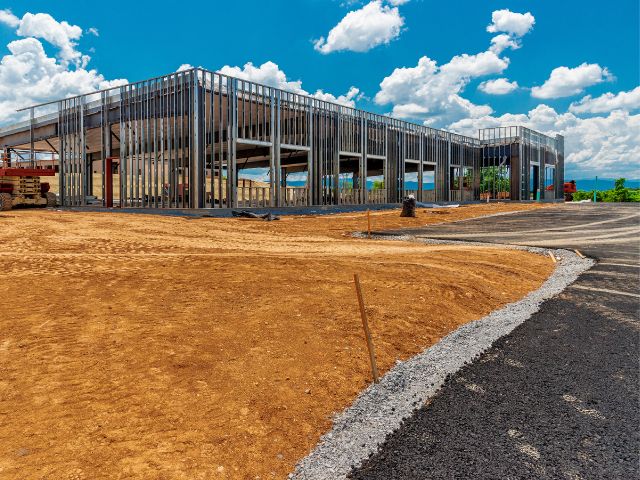Updated: Mar 14, 2024, 12:26 PM | By StateNewsJournal

For many with mobility challenges, a wheelchair ramp isn’t just a convenience—it’s a lifeline that provides access to their world. Safety is a paramount factor for this unique feature, as is understanding how to use one safely. In this blog post, we’ll explore a few things to consider for wheelchair ramp safety, including its design and usage.
Understanding the regulations and standards for wheelchair ramps is the foundation for designing a safe access point. Familiarize yourself with the Americans with Disabilities Act (ADA) guidelines and ensure your ramp adheres to minimum and maximum slope requirements, handrail specifications, and landing dimensions. Local building codes may have additional requirements to consider, so it’s wise to double-check these for any updates or amendments.
The geometric design of your ramp greatly influences its safety. Ensure the slope and gradient provide a manageable incline—a 1:12 slope is best for independent or caregiver-assisted use. Choose appropriate surface materials to offer traction and durability through various weather conditions. Consider the ramp’s width; wider is generally safer and creates easier passage and the likely use of wheelchair accessories to improve mobility.
A professional skilled in accessible construction should install the ramps. Skimping on quality installation can lead to safety hazards down the line. Regular maintenance and inspection are also non-negotiable—you should regularly check for loose bolts, worn surfaces, and structural integrity. Wheelchair ramp safety is an ongoing commitment; always ensure your ramp is up-to-date and in good condition.
For wheelchair users, the proper technique is essential—practice positioning and navigating the ramp safely, always keeping your center of gravity over the chair’s base. Use the wheelchair’s brakes and control the speed when ascending or descending. Be aware of weather conditions, as ramps can become slick when wet or icy, necessitating additional caution and appropriate accessories.
Observing these practical tips and standards enables our communities to interact inclusively and sustainably with the physical environment. Remember, wheelchair ramp safety isn’t just about meeting legal obligations; it’s about preserving the dignity and independence of those who rely on them every day. Consider these wheelchair ramp safety tips when setting up or installing a new system.
24World Media does not take any responsibility of the information you see on this page. The content this page contains is from independent third-party content provider. If you have any concerns regarding the content, please free to write us here: contact@24worldmedia.com


Building Management 101: Common ....

Ways To Improve the Quality of Y....

Man Utd & Chelsea keeping t....

4 Things Fathers Should Know Abo....

5 Techniques That Will Improve Y....

Top 5 Benefits of Working at a Y....

What to Know Before Building a C....

Chelsea star likely to leave on ....